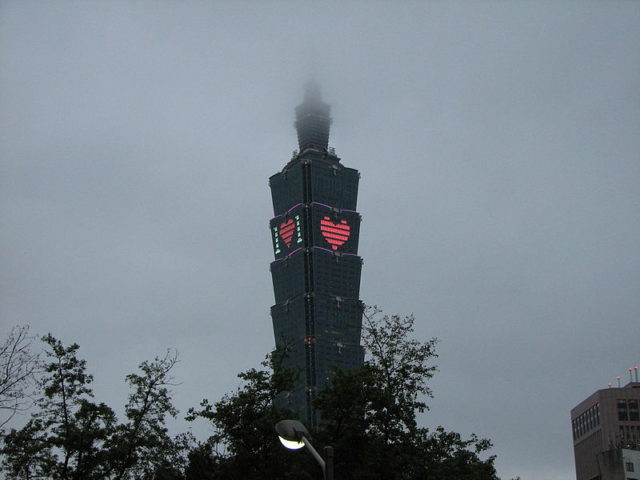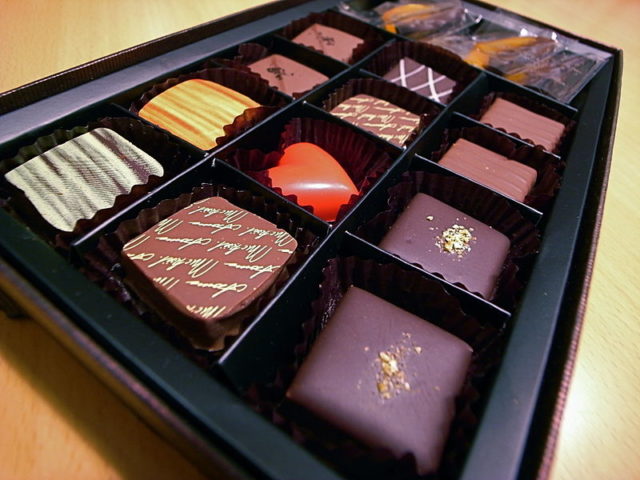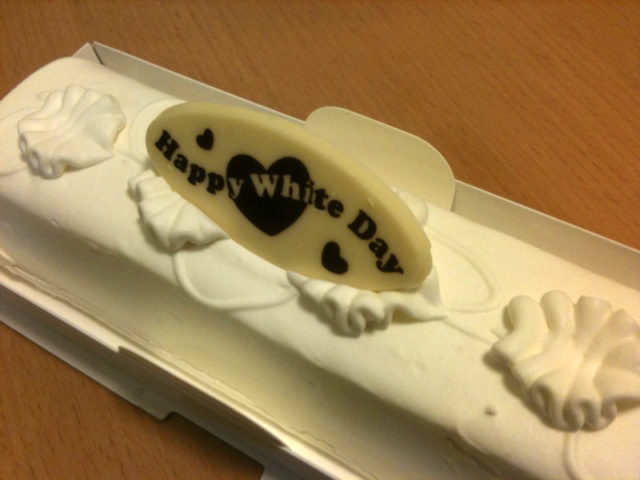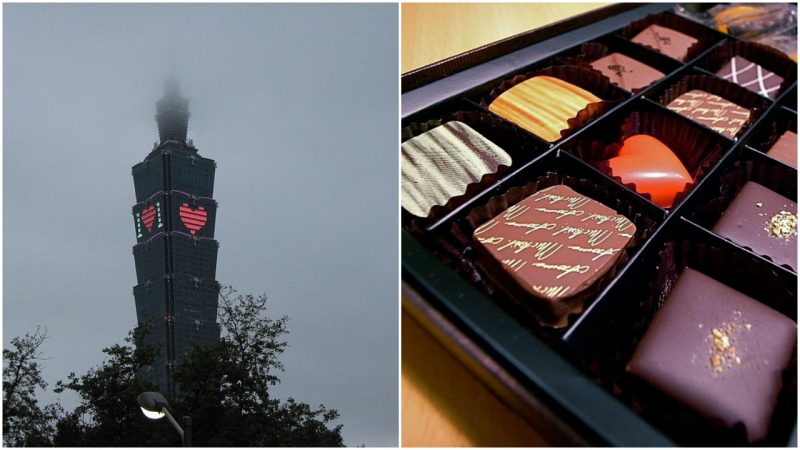Many Asian countries adopted the popular Western practice of celebrating Valentine’s Day as the international day of love, affection, and romantic relationships.
However, several Asian countries have developed customs that are entirely different from the Western perception of Valentine’s Day.

Valentine’s Day in Europe and the United States includes the practice of mutual giving and appreciation; however, in Japan, China, South Korea, and Taiwan the Valentine’s Day traditions are reserved for women. On that day, the women from these countries give chocolates and gifts to the men they love, but they also give a specific type of chocolate gifts to their male coworkers and neighbors.
In Japan, these chocolates are known as the “giri-choco,” which translates to “obligation chocolates.”` They are usually inexpensive and are rarely decorated with hearts because their purpose is to show appreciation instead of affection.
The chocolates used to express affection are known as “honmei-choco”, which translates to “true-feeling chocolates”. These chocolates are often expensive, and are usually decorated with elaborate designs that are supposed to convey romantic messages. In South Korea, these elaborate chocolates are usually replaced with equally elaborate lollipops.

On March 14, one month after Valentine’s Day, men are expected to respond to the romantic messages they received from women. March 14 is known as ‘White Day,’ the Valentine’s Day for men.

Men are expected to shower women with gifts with the rule of “sanbaei gaeshi”. “Sanbaei gaeshi” translates as “triple return”: the gifts that men give to women on White Day are supposed to be three times the worth of the gifts they received on Valentine’s Day.
The gifts that men give to women usually include the aforementioned “honmei” chocolates, but they also include jewelry, accessories, white lingerie, “White Day cakes” and marshmallows. Rich men are known to use White Day as a display of their wealth, and are known to present the women they love with rather extravagant gifts like cars, expensive fashion items, or even houses.

The origins of the White Day tradition date back to 1978, when a Japanese confectionary company called Ishimuramanseido introduced White Day as the male answer to Valentine’s Day. The company used a media campaign to introduce their new brand of white marshmallow as the perfect romantic gift.
White Day was initially called Marshmallow Day, and it immediately became popular along with the white marshmallows which are nowadays a vital part of the tradition.
